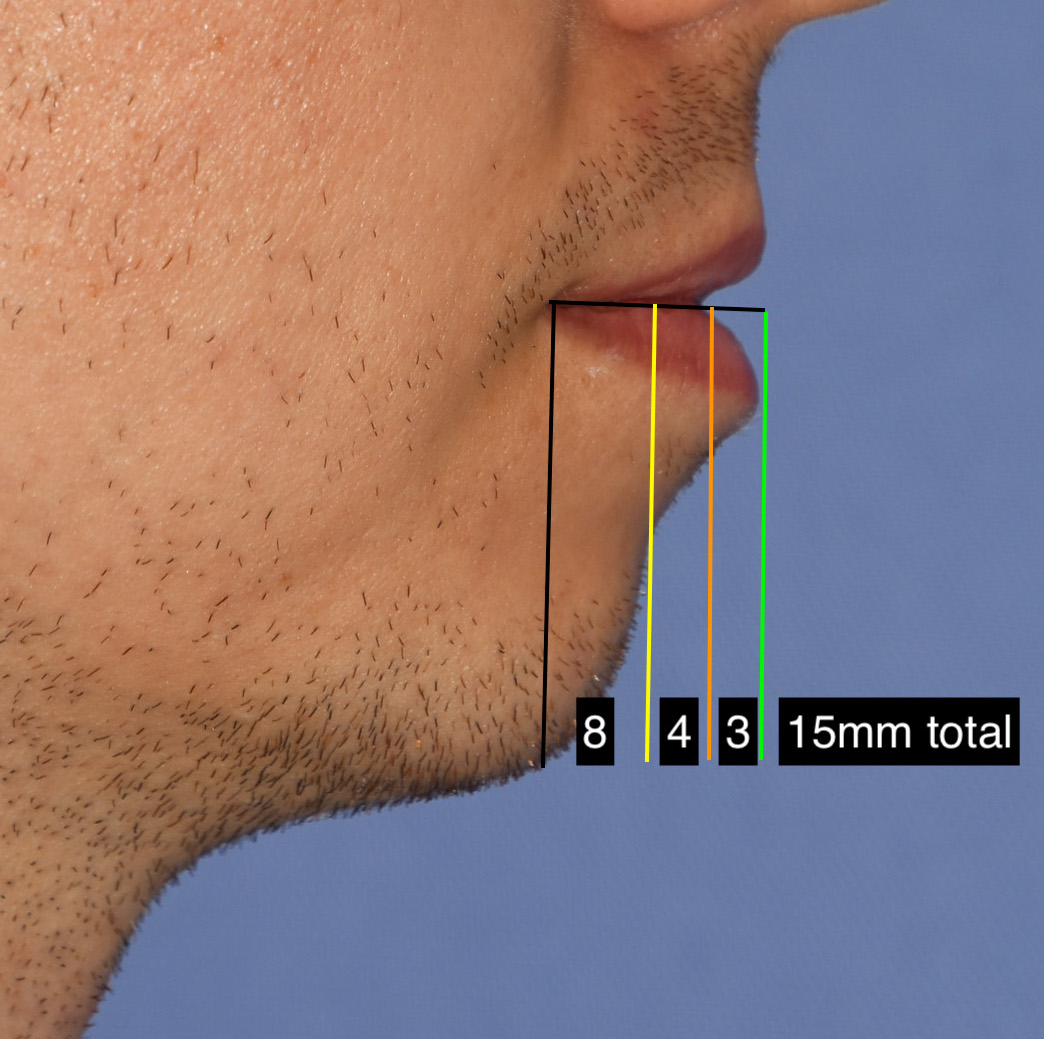Background: Chin augmentation for many patients can largely be a one dimensional operation. For those who do not need any vertical change (lengthening or shortening) and width is not a significant concern, then the amount of horizontal augmentation desired in profile becomes the goal and measure of success of the surgery. Regardless of how the chin augmentation is done, implant or sliding genioplasty, picking the implant’s projection or how much forward the chin bone needs to move becomes the single most important preoperative decision.
There are numerous methods to pick the desired amount of horizontal chin augmentation the patient prefers. Preoperative computer imaging and soft tissue chin pad-lip measurements are the most commonly used in my experience. While no preoperative measurement can ever be 100% reliable what I do know is the making some preoperative efforts to do so is better than none at all. I have seen far too many patients for chin implant and sliding genioplasty revisions where they left it up to the surgeon discretion to give them the desired result…an approach I would not endorse.
While making every preoperative effort to determine the best estimate for a patient’s desired chin projection is critical, there is another less measurable variable that can lead to the need for chin augmentation revision. Patients may seek a specific result, but once having had it, they may decide more or less of it would be better. Perception and adaptability to any structural facial reshaping result can be fluid. This is not rare particularly when the patient has a fairly high anxiety about the surgery and is cautious in the amount of change they think they can tolerate. Sometimes it can also be driven by external influences as many patients don’t want to look like they have had surgery or look too different.
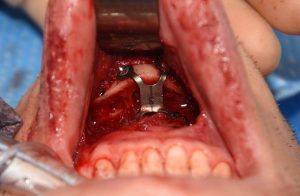
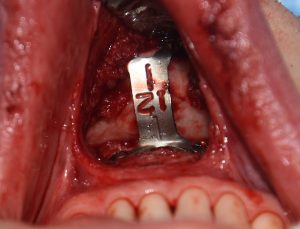
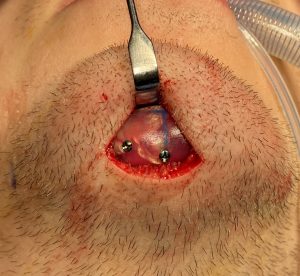
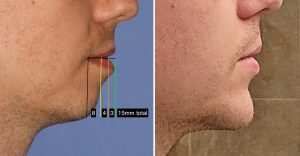
Chin augmentation fits under the umbrella of facial reshaping surgery. What is unique about this type of aesthetic facial surgery is you are changing one aspect of the patient’s facial shape that they have lived with their whole life. While desiring a change how they will feel about it afterwards often requires an adaptation phase. For some patients the change is immediately gratifying while in others it takes time to measure their perception of the outcome. Even in results that hit the patient’s preoperative goals exactly doesn’t mean that they may not want to change it later. Between swelling resolution and the adaptation phase, this is why the minimum wait time for any facial reshaping revision is three months if not longer.
While this case is exceptional in terms of how to get to the desired outcome it speaks to the malleability of how patients can feel about their results. Compared to an initial overprojection and asking to go in reverse, It is probably better to be more conservative in some patients as more can always be done later.
Case Highlights:
1) The amount of chin augmentation needed is a personal choice of each patient and every effort should be made preoperatively to determine what that is.
2) Chin augmentations with good results (improvements) do get modified in an effort to meet patient goals that may have changed after surgery.
3) As patients fee more comfortable with any surgical result they may request a secondary or, even more rarely, a tertiary change.
Dr. Barry Eppley
Indianapolis, Indiana

